Marco Solorio of OneRiver Media compares the new Rokinon 35mm T1.5 Cine prime lens ($550 street) against his tried and true Canon 35mm f/1.4L still photo lens ($1550 street) on the Blackmagic Cinema Camera. There’s no question that the Canon L lens has a long history of producing incredibly sharp and clean results on DSLR still photos. But how does each lens compare to each other when used on the Cinema Camera where only the sweet spot of the lens is actually used?
Let me first say that I purchased the Rokinon 35mm lens more out of necessity. Unfortunately at this time (Cinema Camera version 1.1), not all Canon lenses work with the EF model. I have quite a large collection of Canon L lenses and all but two work with the Cinema Camera, which includes the 85mm f/1.2L (probably Canon’s sharpest lens they’ve ever made) and the 35mm f/1.4L. Because the 85mm focuses electronically (I’ve always hated that feature, even on my Canon DSLRs), it requires a protocol that BMD hasn’t figured out yet (I’m assuming Canon isn’t going to just hand that kind of information out). So with the 85mm, there’s no focus, and no aperture control at this time. With the 35mm, no aperture control at this time (but focus works fine).
So here was my conundrum; in my Canon L prime lens collection, I had a hole between my 24mm f/1.4L II and my 50mm f/1.2L. Then Rokinon (also under the name of Samyang) finally released their cinema style 35mm lens. But I’ll be honest, I haven’t been overly impressed with their 8mm cine fisheye lens, except for the fact that it’s de-clicked and has lens/aperture gears. Wide open (T4), the 8mm is quite soft, and sharpens up around the T5.6 area. To add, it imposes some barrel distortion. With all that said, my 8mm super wide lens of choice has been the Sigma 8-16mm zoom that I blogged about a couple months ago.
Despite my lackluster love for Rokinon’s 8mm lens, I decided to buy the Rokinon 35mm cine lens and give it a shot. At $550, it’s not a bad price, and the fact that it’s de-clicked and includes built-in gears for both focus and aperture is huge. The manual, geared, and de-clicked aperture ring is a particularly huge benefit because (A) at current 1.1 firmware, the Cinema Camera does not display a Canon lens’ aperture value, which is a bit of guesswork if you need a specific stop to dial in, (B) being de-clicked is just so, so much better to use with video as it allows you to truly dial in the aperture you need outside of 1/3rd bumps, and (C), changing the aperture on the Cinema Camera itself is a little slow since you have to continually tap the < or > buttons to go from one end of the aperture to the other.
Despite not being overjoyed with the Rokinon 8mm version (only because I really like the Sigma alternative better), my hope was that because this 35mm lens isn’t an extreme lens like the 8mm, coupled with the fact that the Cinema Camera uses the sweet spot of the lens, my hope was that this 35mm lens would perform well against the Canon.
At first feel, I have to say the Rokinon feels quite plasticy. You can immediately tell the difference in build-quality compared to the Canon L counterpart. Additionally, I’m going to assume that the Rokinon doesn’t have weather sealing like the Canon L does. If you work a lot in rainy, misty, wet, or extremely humid environments, then this should be considered.
If you’re like me, all my lenses have quality UV filters at the end of them to protect the lens’ final glass stage. I prefer the German made B+W UV Haze MRC F-Pro and XS-Pro filters to ensure the optics are not compromised in any way. The Rokinon uses a 77mm barrel thread, whereas the Canon uses a 72mm thread. The Rokinon’s thread is completely comprised of plastic. This is worrisome; if you’re not careful, you could easily strip the threads, so make sure you put your UV filter on and never take it off, which is standard practice anyway. And if you use threaded filters, like a variable ND, then always mount it to the outside of the UV filter. Otherwise, repeated mounting of filters directly to the lens’ plastic thread is surely going to strip it.
The standard 32-pitch gears (also measured as .8) that are built into the focus ring and the aperture ring are a pure delight. No more fussing with stupid gear mounts. Your follow focus of choice meshes directly to it. And if you have a wireless system like us, you can control the aperture from afar as well since it’s also geared. Very nice.
Both the focus ring and aperture ring are fully manual, operate smoothly, and are lock-to-lock. One thing that I’ve always hated about Canon lenses (and this includes the 35mm), is that focus isn’t lock-to-lock, so once you pull focus beyond the nearest or farthest point, the damn focus ring just keeps spinning (even if added resistance let’s you know of such). This makes repeatable and accurate point-to-point rack focus pulls almost impossible, even if your follow focus has settable hard stops on it. With the Rokinon, I can use a quality follow focus to its full potential, just like a real cinema lens offers.
And let’s not forget the de-clicked aperture. This is huge. Any real cinema lens, or ENG/EFP video lens does NOT have 1/3rd increment stops on the aperture or iris. It’s completely linearly smooth from its fully open position to its fully closed position. This allows you to exactly dial in the aperture value you want, rather than the lens partially deciding it for you. And because it’s fully manual, you can very quickly open and close the aperture without cumbersome camera button sluggishness. Likewise, this can also allow you to perform a variable point-to-point exposure ramp in your shot if you want to get fancy. Even if you never do it, at least you have the option if you ever wanted to. As such, it’s otherwise impossible to perform that trick on any Canon EF or EFS lens.
The lens body itself of the Rokinon is a little longer than the Canon. Both are roughly the same diameter. Another bonus of the Rokinon acting like a cinema lens is that the markings are on the side of the lens (for the focus puller), rather than on top of the lens. The markings themselves are small, but usable (much easier to read than on the Canon lens). Focal distance is in both meters and feet.
Okay, enough about build quality and features, let’s talk optics. Keep in mind that I’m not performing any over-the-top scientific tests here; except for one chart test, everything is real world shooting (I can only look at charts for so long before I go nuts). Off the top, the Rokinon is actually slightly longer in focal length than the Canon. Compared to the Canon at 35mm, the Rokinon is around a 36mm or 37mm length. I wasn’t expecting this, but I should have known as I’ve had variations in 8mm widths on multiple lenses as well.
Generally speaking, the Canon is slightly sharper than the Rokinon. But interestingly enough, being sharper might not necessarily be a benefit. Say what? Yeah, keep reading.
In real world shooting, I’m not finding the Canon to be noticeably sharper than the Rokinon from a standpoint of the obvious. In other words, when comparing two images of the same shot, I’m not saying to myself, “wow, look how incredibly sharper the image looks compared to the Rokinon.” To the contrary, the Rokinon holds up very well against the Canon on the Cinema Camera in that regard, especially in the T5.6 range.
Fully wide open (Rokinon = T1.5, Canon = f/1.4), the Rokinon is a little softer than the Canon. Stopping down the Rokinon and Canon to even just T2.8 and f/2.8 respectively, or T5.6 and f/5.6, the sharpness between the two is quite similar.
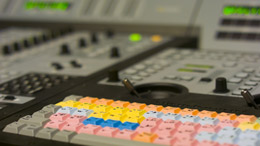 |
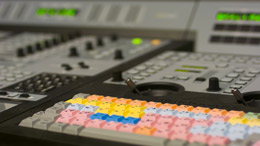 |
Same test, slightly stopped down. Rokinon, left. 800 ASA, T2/f2. |
|
Now here’s the funny thing. Remember when I said the added sharpness in the Canon might not necessarily be a benefit? I’ve found that the very slight increase in sharpness in the Canon lens (and it’s very slight), also adds a little more moiré as a result. And again, since the Rokinon isn’t noticeably sharper in real world applications (grab a magnifying glass), the benefit of less moiré might actually be a plus here.
So far, the Rokinon is performing quite well against the Canon. But there are a few other small details I’ve noticed with the Rokinon. For one, the Rokinon seems to produce a very slight (again, very slight) increase in warm cast as compared to the Canon. I’m quite positive that this is due to the fact that the Canon L glass elements are manufactured with such incredibly high tolerances and quality (resulting in slightly clearer glass), whereas the Rokinon isn’t (or it wouldn’t be a $550 lens). But again, this warm cast I’m seeing is incredibly minimal, where it’s not really an issue for me personally. In fact, it may be an advantage is some shooting scenarios!
There also seems to be slightly more contrast in the Canon lens, but like the sharpness and warm cast scenarios, it doesn’t seem enough to be a deal breaker for me.
All in all, I have to say I’m very pleased with the optical results of the Rokinon on the Cinema Camera. Is it worth the $550 bill, or does the extra $1k on the Canon make it a much wiser solution? Honestly, despite some of the build-quality hits on the Rokinon, I’d say this is actually a nice companion to the Cinema Camera. If I was starting my lens collection from scratch specifically for the Cinema Camera and I wanted to save some coin, I wouldn’t have any issue buying these lenses to build my collection from.
With that said, I would NOT buy these Rokinon lenses for still photography work. This is where the Canon L truly shines, and no question is worth the extra money at three times the cost. That is, if you’re going for professional quality.
But pairing this Rokinon lens with the Cinema Camera, it’s 2.5K resolution, and its ~2.2x crop factor (to cut out any vignetting or edge sharpness issues) really makes for a great match. I have Rokinon’s 14mm T3.1 cine lens is on the way, so I’m looking forward to testing that as well. I’ll likely I’ll also purchase the Rokinon 24mm T1.5 cine lens to add to this little Rokinon collection. But again, the Rokinon 8mm lens… I’m not hugely impressed and am sticking with the Sigma at that focal length. And keep your eyeballs pealed… Rokinon’s 85mm T1.5 Cine lens is due out next month (I’m definitely buying this one as well).
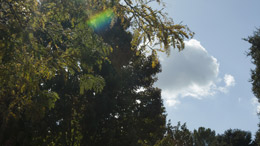 |
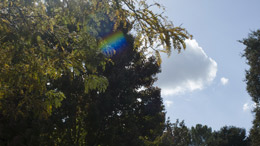 |
Same test as before; intentional flaring and sharpness retention with aperture fully closed (Rokinon, left). 200 ASA, T22/f22, no grade. |
|
Seriously, I think the budget filmmaker is going to really like this crop of Rokinon cine lenses for their Cinema Camera. The price is right and the image holds up to Canon L. Add to the fact that you get to use the Rokinon much more like a real cinema lens, rather than an electronically controlled still photography lens. In the end, the benefits stack up well for the Rokinon.
Since I own both lenses what will I do? If (A) the shot doesn’t have any moiré-inducing elements in it, and (B) I don’t need the functionality of the geared barrels, then I might go with the Canon L for the increased sharpness, truer colors, and higher contrast. But honestly, I’ll probably use the Rokinon in most situations. The Rokinon’s full manual control on both geared barrels is a huge plus for me, as well as knowing I might reduce any moiré elements that I didn’t catch while shooting. But like anything, it just depends on the shot.
| Rokinon/Samyang 35mm T1.5 Cine |
Canon 35mm f/1.4L |
|
| Street price Mounts Available Image Circle Type Aperture Focus control Aperture control Aperture steps Number of blades Groups/Elements Minimum Focus Distance Filter thread diameter Image Stabilization Weight |
~$550 Canon EF, Nikon F, Sony A 35mm Full-frame T1.5 – T22 Manual Manual No steps (de-clicked) 8 10/12 1 foot 77mm ø No .92 lb (.42 kg) |
~$1550 Canon EF 35mm Full-frame f/1.4 – f/22 Electronic/Manual Electronic 1/3rd 8 9/11 1 foot 72mm ø No 1.28 lb (0.58 kg) |
Pros and cons of each lens when used with the Cinema Camera
Rokinon Advantages
- Low cost
- Optical qualities somewhat similar to Canon when used on the Cinema Camera
- Full manual operation
- Geared focus ring and geared aperture ring, both lock-to-lock
- De-clicked aperture
- Lens marking on side of barrel, horizontal to the ground, easier to read
- May actually induce less moiré than Canon counterpart
- Spinning focus left and right doesn’t have any play; solid.
- Lens flare seems to be a little cleaner
- Slightly longer focus twist (almost 180°)
- Available in Canon EF, Nikon F, or Sony A mount.
Rokinon Disadvantages
- Very plastic build, nowhere near as good as Canon L
- No apparent weather sealing
- Lens filter thread is plastic
- Just slightly less sharpness and contrast; might help for less moiré though
Canon Advantages
- If used for DSLR still photography, increase in image quality is greatly apparent
- Weather sealed and extremely high build quality
- If moiré isn’t a factor in your shot, the added sharpness of the Canon lens could be beneficial at the open aperture end
Canon Disadvantages
- High cost
- May actually be “too sharp” inducing a slight increase in moiré in some shots
- Electronic aperture, and only works in 1/3rd stop increments
- Must use cumbersome ring gear for follow focus
- Focus does not lock-to-lock, and spins infinitely
- Focusing left and right has slight play in it; a little sloppy for video work
- Slightly shorter focus twist
- Markings are on top of the lens, rather than the side
- At current Cinema Camera version 1.1, aperture is not controllable from the camera with this particular lens
Things to consider
- Both lenses are (or originate from) still photography lenses, and as such, do not have extra long focus throws like real cinema lenses have.
- Neither lens have extra large printed focal length numbers (in this case, “35mm”) to clearly see what lens is being used from afar. Real cinema lenses have this.
- Both lenses share similar bokeh characteristics, including exact octagonal blade shape.
- Because of the Cinema Camera’s ~2.2x crop factor, only the sweet spot of the lens is used for both lenses. Extreme edge-to-edge sharpness is not needed, nor are there any instances of noticeable vignetting, even fully wide open.
- Added cost of Canon lens (about $1k more) might not be justifiable in this scenario.
- Rokinon is about a 36mm or 37mm focal length in comparison to the Canon at 35mm.
- No noticeable difference in chromatic aberration between both lenses; both seem very low.
- Not necessarily good or bad, the Rokinon has a very slight warm tone to it (almost unperceivable in certain types of shots), as compared to the Canon. But the lack of warmth on the Canon does signify to me that it’s slightly truer to color representation.
EDIT: Some people are asking how I was able to change the aperture on the Canon 35mm f/1.4L lens since it can’t be changed in the Cinema Camera itself. Using my trusty 5D, I put the lens on that, made sure video mode was on, set the aperture for the lens, took the lens off (keeping the camera powered on), and then putting the lens on the Cinema Camera. This is the only way I’m currently able to change the aperture on this particular lens on the Cinema Camera. Again, this is only for the 35mm f/1.4L lens (and the 85mm f/1.2L as focus and aperture are on different protocols).
I’m seeing that some people are having some concerns about the mentioned Canon 35mm f/1.4L and 85mm f/1.2L II lenses. I’m fairly confident these two lenses will ultimately work with the Cinema Camera, like all the other Canon lenses. If Blackmagic Design can figure out Canon’s Image Stabilization protocol to make that work with the Cinema Camera, I’d have to believe they’ll get these two lenses to properly work as well. Why wasn’t it done first? Anyone’s guess. But again, this camera is only at version 1.1 and there’s still a lot of development in progress, a lot of cool things, I might add.
Share this post
Article © OneRiver Media, including applicable photographs. All rights reserved. Article and its contents shall not be copied or reprinted without the expressed written approval of OneRiver Media.
FCC Disclaimer - Links from this article might go to affiliate links to B&H and/or Amazon (not much different than the ads you see in YouTube ads, but more focused). Visiting these links (or buying products from the links) cost you nothing additional and may in turn help us pay for the cost of hosting these free articles we write. These articles take an enormous amount of time (in most cases, weeks and months) to research, draft, write, edit, rewrite, and shoot custom photography/video for. In no way do these affiliate links cover the cost of all of that, so any help these links can provide is a huge help to us to continue to offer free content to our readers.
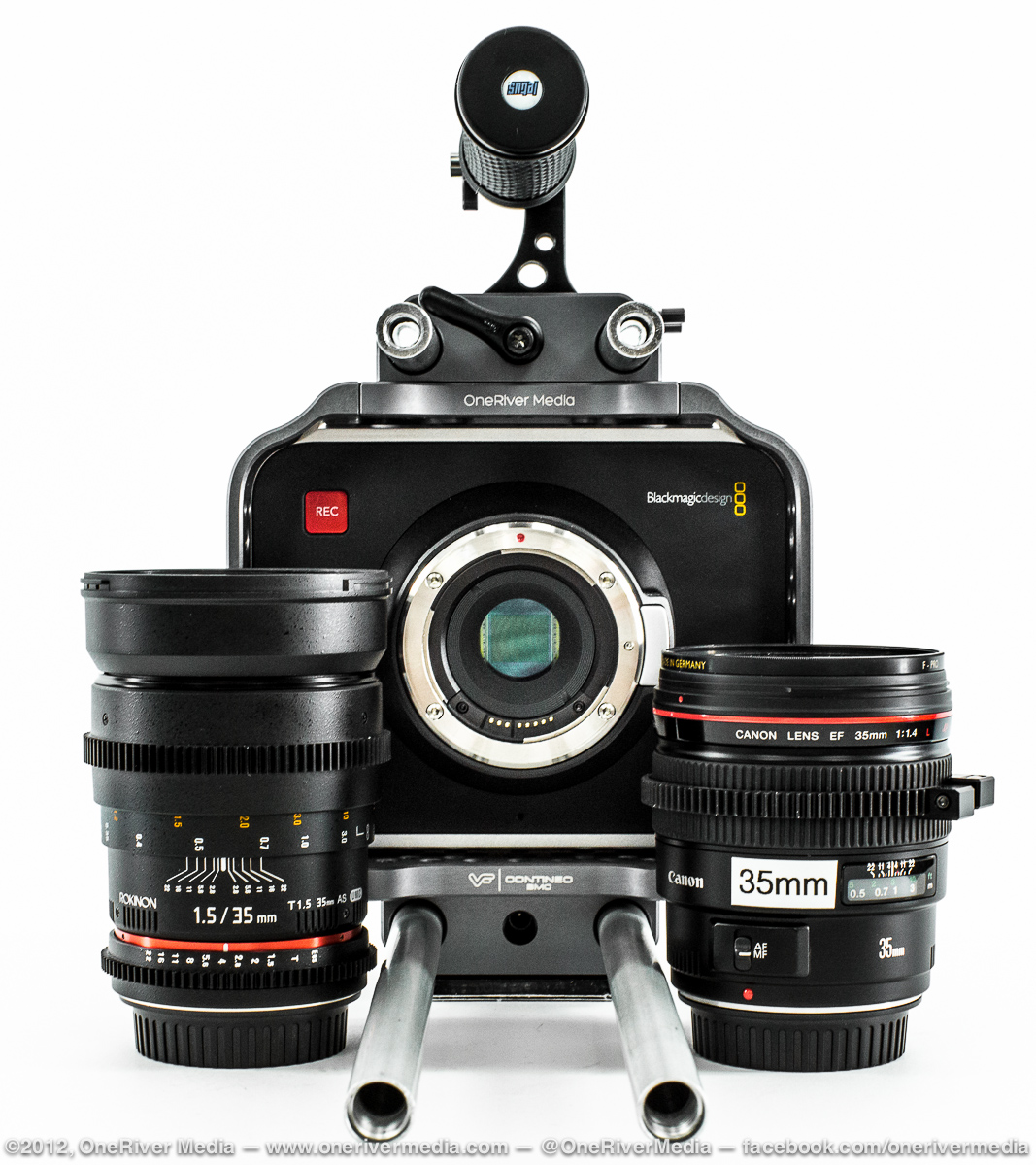
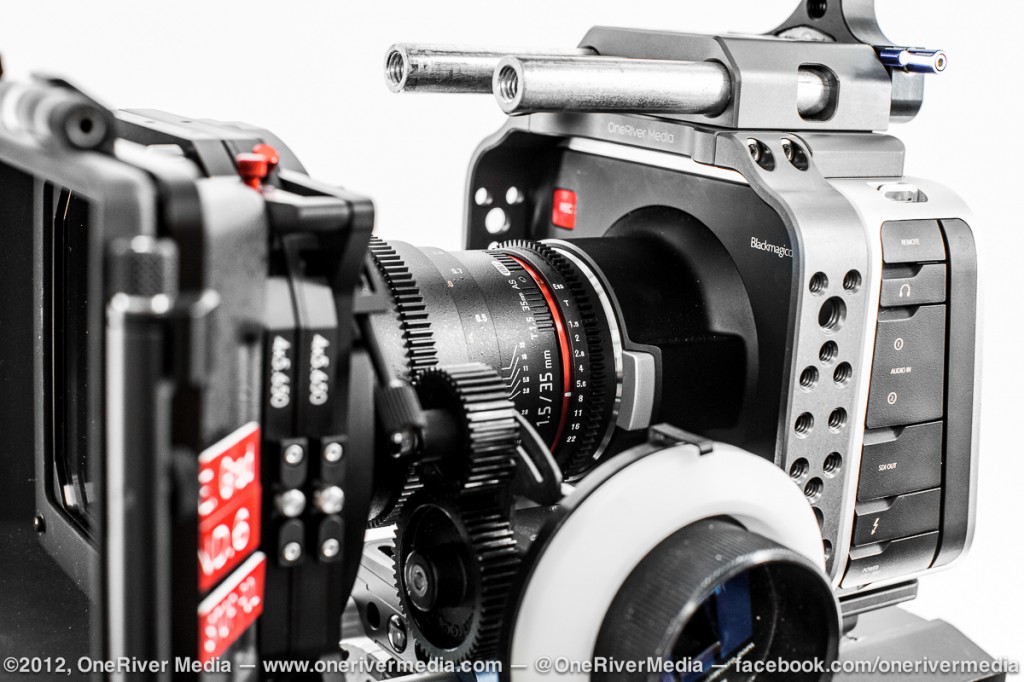
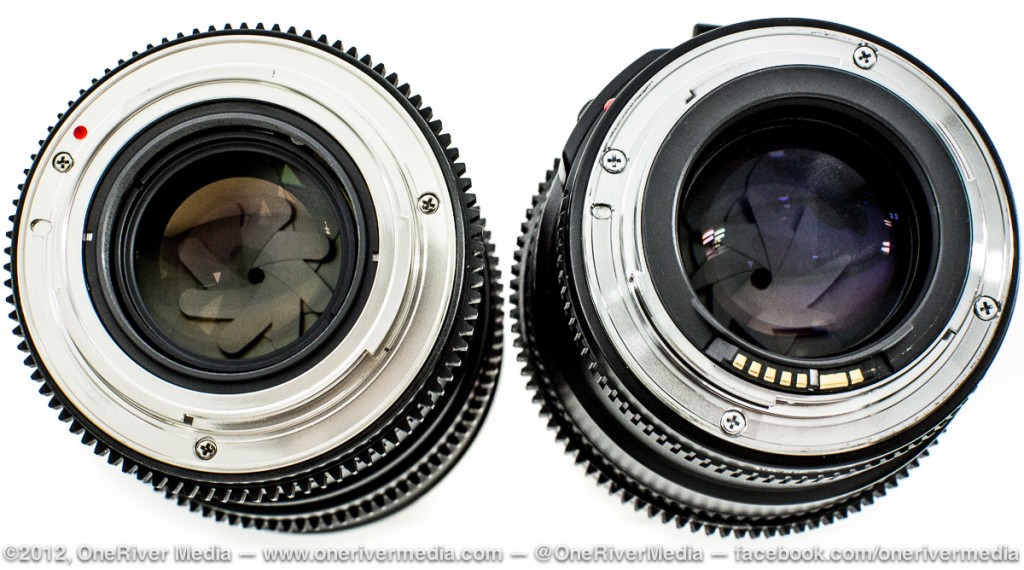
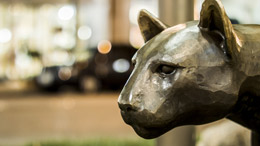
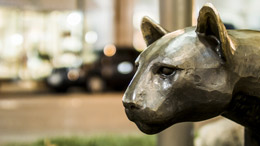
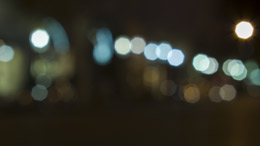
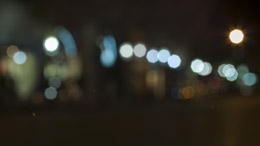
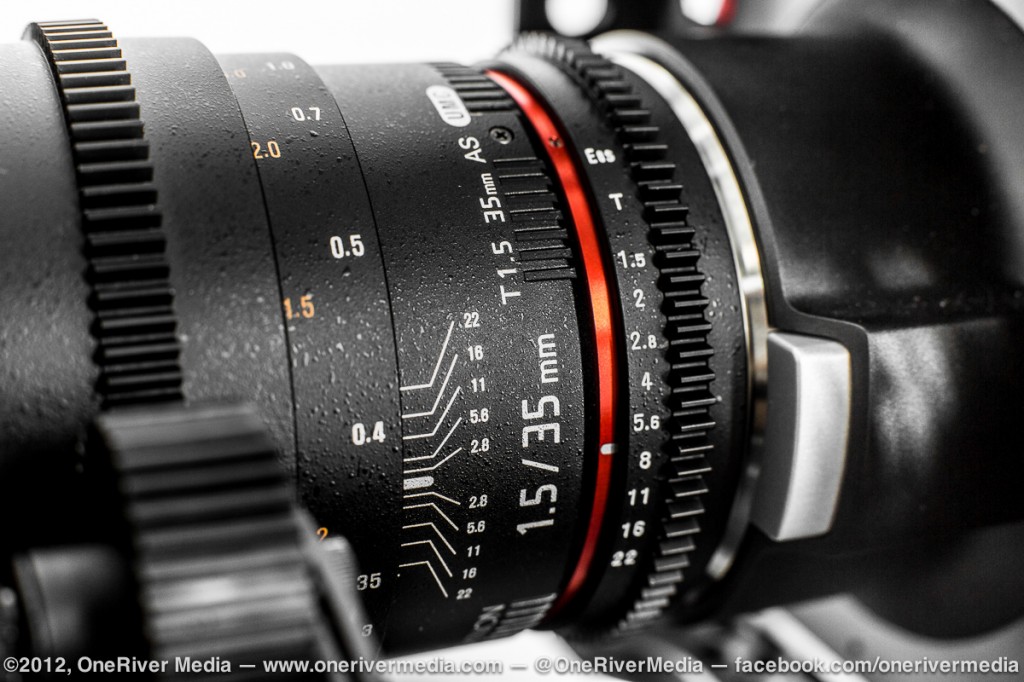
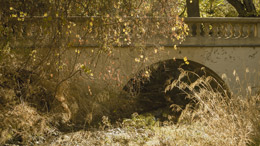
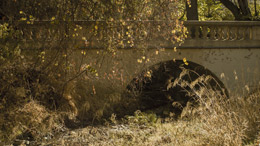
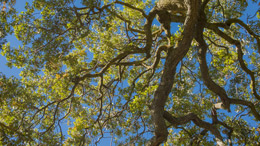
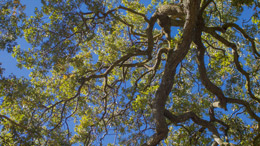
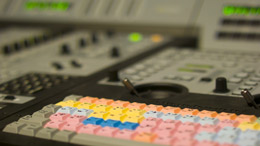
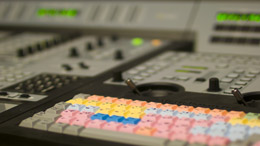
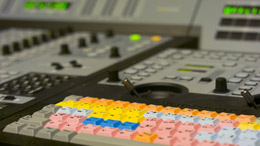
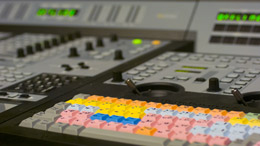
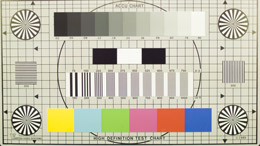
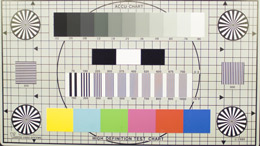
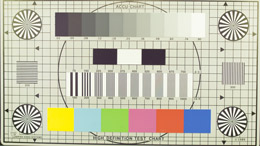
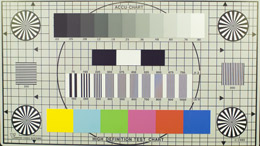
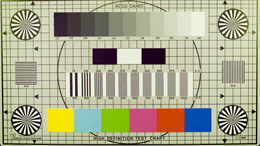
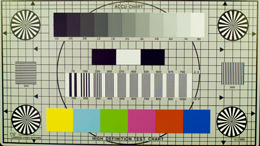
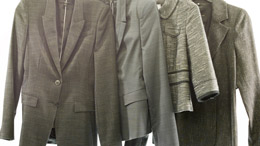
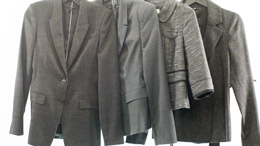
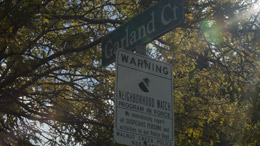
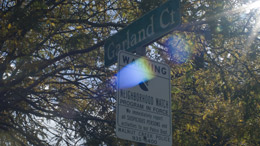
Comments 18
Hi Marco: Thank you for such a detailed and helpful write-up. Unfortunately, I still haven’t received the BMCC I pre-ordered way back in mid-April. In the meantime, posts like yours keep my BMCC hope alive. Cheers, and thanks again.
Author
Thank you, Peter! Yes, I’m sorry to see you still haven’t received yours. I know you’re excited to get it (for good reason) and are actively engaged in the Cinema Camera community, which is great to see. Glad to see I’m keeping some spark in air while the pre-orders are still out there. Thanks again.
Hello again Marco: If you have time, I’d love to see a short clip shot in ProRes “Video” mode (not “Film”) @ 800 ISO in natural daylight (and on a tripod), with skin @ 75% zebras. I don’t believe I’ve seen this particular combination yet myself (but I could be mistaken).
Cheers!
Bad news about the 85/1.2, i have one also! Do you mind listing what Canon L glass you have tested as working? Being selfish i would like to know about:
• 24 /1.4 (seems okay from your post?)
• 35/1.4 (aperture not working?)
• 50/1.2 (seems okay?)
• 85/1.2 (not okay 🙁 🙁 🙁 )
• 100mm 2.8L IS Macro ?
• 132/F2 ?
• 24-70 2.8L ?
• 70-200 2.8L IS ?
If this affects a couple of key lenses and they can’t fix the issue due to licensing, could be an issue for a lot of us with Canon L glass.
Thanks for the post, testing, and info! 🙂
Author
Thanks for the kind words. Here’s my (electronically controlled) lens list, all work unless noted:
24mm f/1.4L II
35mm f/1.4L (no aperture control)
50mm f/1.2L
85mm f/1.2L II (no focus and aperture control)
135 f/2L
8-15mm f/4L
16-35 f/2.8L II
24-105 f/4L
100-400 f/4.5-5.6L
Sigma 8-16 f/4.5-5.6
Sigma 18-250 f/3.5-5.6
Canon 2X Teleconverter (passes pin data fine to compatible lenses)
I don’t think there’s any kind of licensing issue, just a different lens protocol BMD needs to figure out, which I’m confident they will do.
Thanks Marco, that’s very helpful. 🙂
Pingback: New Lenses from Sigma, Canon & Samyang and imac dilemmas « LeeVisuals
Re the warming effect, have you used exactly the same UV filter on each lens? It is so subtle I was wondering if that could be it. I have noticed some uv or protection type filters do produce a slightly warm tone…
Author
Hi David. Thanks for the comment, and definitely a good question to ask. But no, the UV filter definitely didn’t have anything to do with warming the Rokinon. It’s purely the nature of the lens itself. If you look at the photo of the rear element where you can see the aperture blades, you can see even in there the glass is warmer on the Rokinon than it is in the Canon. Thanks!
Great comparison test! And your goal was achieved as it opened my eyes. I know people will probably throw a 1000 different lenses at you to compare, but I would really beinterested to see a comparison of the Zeiss Distagon 35mm f/2 or f/1.4 as this is another popular SLR prime for video.
Also, with the “plasticky” type build of the Rokinon’s is there a worry about the body contracting/expanding in very cold to very hot temperatures thus affecting performance (focus, etc.)?
Once again great re-write up, Marco…and keep ’em coming!
Author
Thanks for the nice words, Aaron. So far I wouldn’t say the plastic build has yielded any kind of body expansion or contraction, so that’s good. So far, these lenses have performed very well and its been a few months at this point. All good!
Thanks for the review! Curious about the lens gears. I’ve heard other people say that the gears on these lenses don’t line up to their stock follow focus gear? Is there a difference between the teeth size on this lens compared to the zip gears you would use on a still lens?
Author
Thanks for the comment, Clayton. The gears on the Rokinon lenses are industry standard .8, also known as 32-pitch. They work perfectly with all follow focus units running the same pitch, which is basically all of them. And yeah, the same pitch as standard zip gears you’d put on still lenses. We have about a half dozen different follow focus units here and all of them work perfectly with these lenses. Anyone telling you otherwise is misinformed! Cheers!
Pingback: Reviewing LockCircle’s PrimeCircle XM50 Cine Lens | OneRiver Media Blog
Hi Marco,
Great post. I actually own a set of Rokinons (35, 50, 85) and had a question for you. I noticed in the pic of your BMCC that you have an additional gear for the FF. I assume it’s because the FF you have doesn’t reach the lens gears. I have the same problem with my Canon C100 and these lenses. The FF doesn’t reach the gears.
Can you speak more about this set up?
Best,
Josh
Author
Thanks, Joshua. It’s actually a reversing gear. The FF does in fact reach the lens, but the reversing gear changes the rotational direction (from “inverse plane” to “rolling carpet”), which I explain in great detail in my book, “Rigging Your Cinema Camera” here on this site and on Amazon (currently 90% off for a limited time). But some people do in fact use a reversing gear for times when the FF won’t reach the lens. The reversing gear pictured is optional with the Redrock FF units. Long since this blog post, I’ve been using Tilta FF units as my top choice. I use a modified reversing gear by Lanparte (I had to grind out a piece), which I also cover in great detail in my same book. Many FF units today offer some type of reversing gear, but if not, you’ll have to improvise a little, like I’ve done. Thanks!
Hello Marco
do you get the pict form the spend the day with blackmagic in NYC 2015 ?
The are in my blog just in case ok
http://luisgprieto.com/blogs-news/2015/7/22/blackmagic-design-spendaday-newyork
i Have a Q:
do you have like a TABLE OF CONVERSIONS
Betting the CROP FACTOR 2.3 BMCPC 4k And rokinon cine lenses ?
i just want to know … ?
THANK MARCO
Author
Luis, I thank you again for taking those pictures. I’ve been so busy that I haven’t had time to integrate them into anything yet, but I hope to sooner than later! I’ll definitely let you know (and credit you) if/when I do! Thanks!
I’m not sure if such a table is needed for what you are describing? The Rokinon cine lenses are all full-frame, so their image circles are all bigger than the BMPC 4K sensor, which is just a tiny bit shy of true S35 spec.